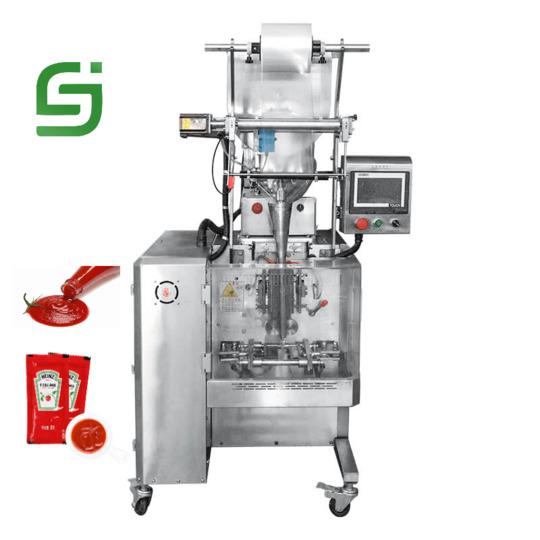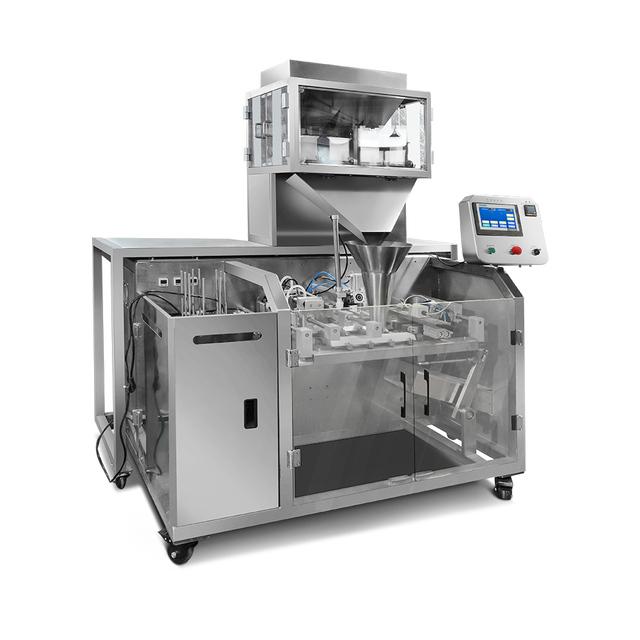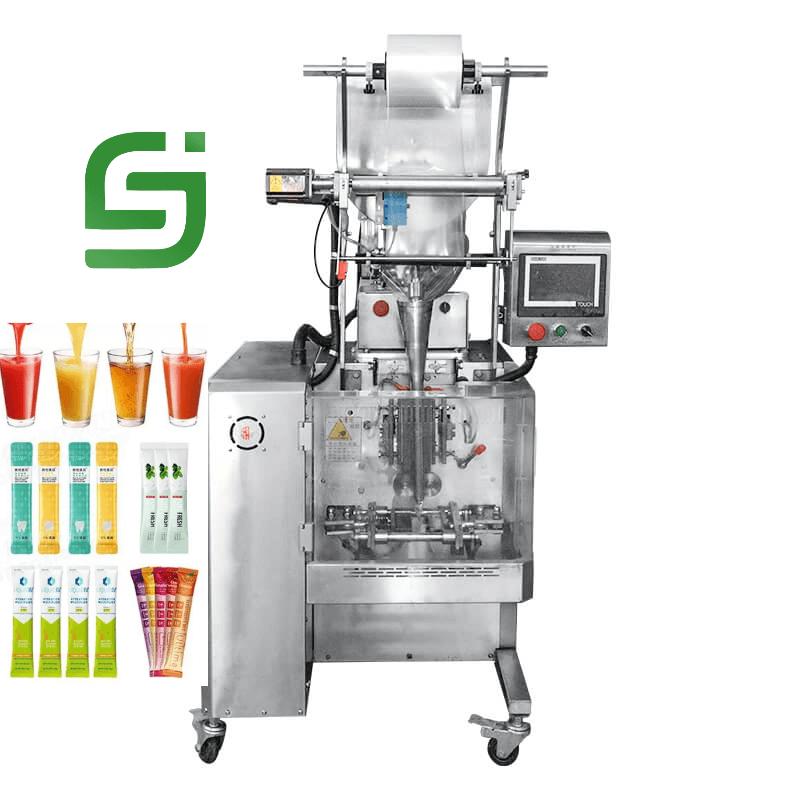Author:YISEN Pouch Packing Machine Manufacturer TIME:2024-11-22
Dust generation during the packaging of coffee powder is a common issue that can negatively affect product quality and customer experience. Dust not only leads to wastage but can also pose health risks for workers involved in the packaging process. To maintain an efficient and clean packaging environment, it’s crucial to implement effective strategies to minimize dust. This article explores various methods and best practices to avoid raising dust during the packaging of coffee powder, ensuring a safer and more efficient operation.
Before tackling the problem, it’s essential to understand what causes dust during coffee powder packaging. The primary sources include the handling of raw materials, the grinding process, and the actual packaging activities. Each of these stages can introduce fine particles into the air, leading to an unhygienic workspace and potential contamination of the product. Identifying these sources helps in developing targeted solutions.

One of the most effective ways to reduce dust generation is by using high-quality equipment designed specifically for coffee packaging. Modern packing machines often come with built-in dust suppression features. Consider investing in vacuum systems that are integrated with the packaging line; these systems can capture dust particles at the source, preventing them from dispersing into the air. Additionally, using sealable bags and containers can reduce the exposure of coffee powder to ambient air, further minimizing dust generation.
Training employees on proper handling techniques can significantly reduce dust generation. Encourage workers to use gentle movements when transferring coffee powder between containers and machines. Fast or abrupt movements can cause particles to become airborne. Implementing a “no throwing” rule for materials can help maintain a calm and controlled environment. Moreover, using scoops or shovels designed to minimize dust can also be beneficial.
Humidity plays a critical role in the dust generation process. Maintaining optimal humidity levels in the packaging area can help keep coffee powder more cohesive and less likely to disperse into fine particles. Aim for a humidity level between 40% and 60%. Using humidifiers during dry seasons or in arid environments can help achieve this balance. Conversely, ensure adequate ventilation to prevent excessive moisture buildup that could affect product quality.

Establishing a regular cleaning schedule is vital for dust reduction. Dust accumulates over time, and without regular cleaning, it can become a significant problem. Create a routine that includes daily cleaning of surfaces, machines, and floors. Use damp cloths or mops instead of dry ones to trap dust particles rather than allowing them to resettle in the air. Moreover, ensure that all equipment is regularly maintained to operate efficiently and reduce dust output.
Implementing effective dust extraction systems can dramatically decrease airborne dust during the packaging process. These systems can capture and filter dust particles before they enter the workspace. Invest in high-efficiency particulate air (HEPA) filters that can trap even the smallest particles. Placing extraction units strategically throughout the packaging area will ensure that dust is continuously removed from the air.
Continuous monitoring of environmental conditions is crucial in controlling dust levels. Utilize sensors to track factors such as airflow, humidity, and particulate matter in the air. Automated systems can alert management when dust levels exceed acceptable limits, allowing for immediate action. By maintaining optimal conditions, you can create a healthier work environment and enhance product integrity.
Creating a culture of dust control within your organization can lead to significant improvements. Engage employees in brainstorming sessions to identify potential dust sources and develop innovative solutions. Encourage feedback on existing protocols and make adjustments based on their insights. By involving your team, you foster a sense of responsibility and pride in maintaining cleanliness and efficiency.

As technology and best practices evolve, so should your dust control procedures. Regularly evaluate the effectiveness of your current strategies and be open to making changes. Schedule periodic reviews of equipment, handling techniques, and environmental conditions. Staying proactive ensures that your company remains compliant with health standards and continues to produce high-quality coffee powder.
Reducing dust during the packaging of coffee powder is not just about compliance; it’s about enhancing product quality and ensuring a safe working environment. By understanding dust generation, investing in quality equipment, training employees, and maintaining optimal conditions, businesses can create an efficient packaging process. Continuous evaluation and engagement of staff in dust control initiatives will further strengthen efforts. In summary, a comprehensive approach to dust management can lead to significant improvements in both productivity and product quality, ultimately benefiting the entire supply chain.